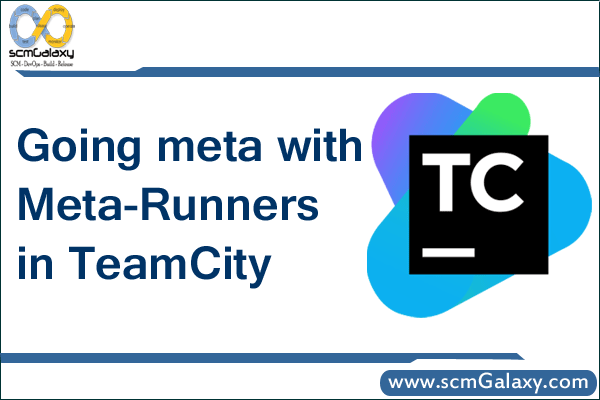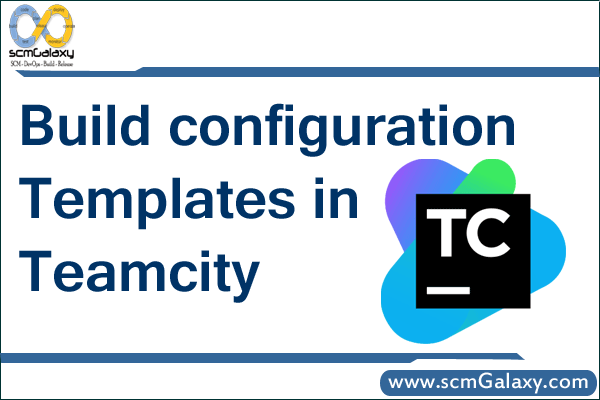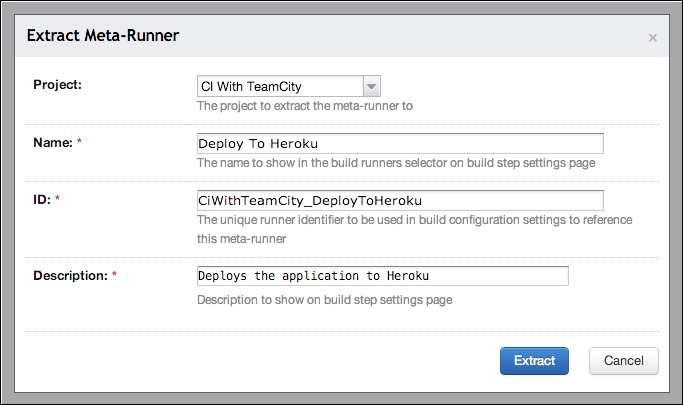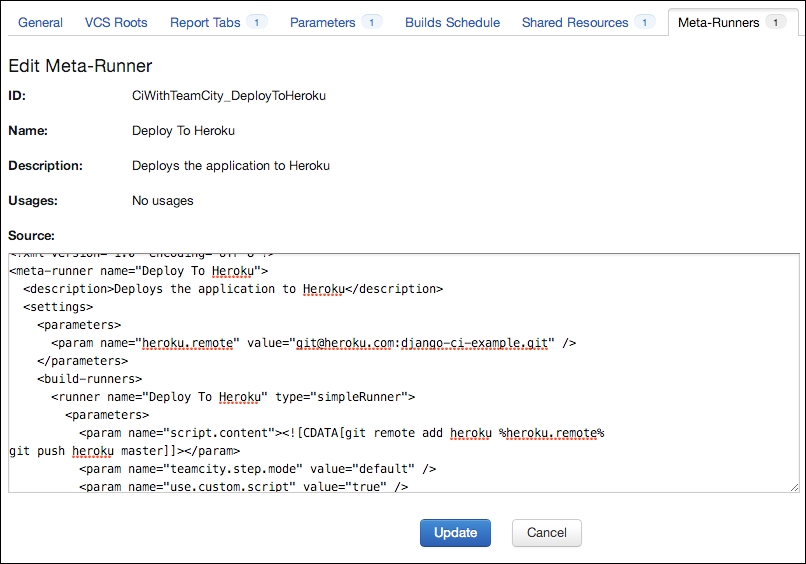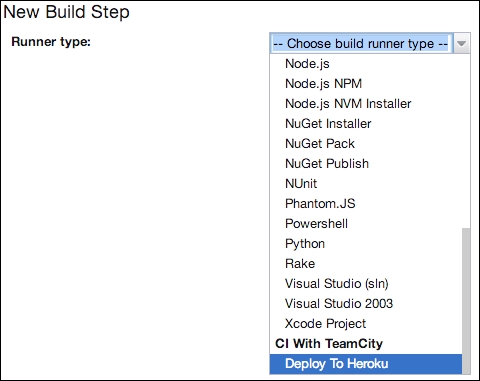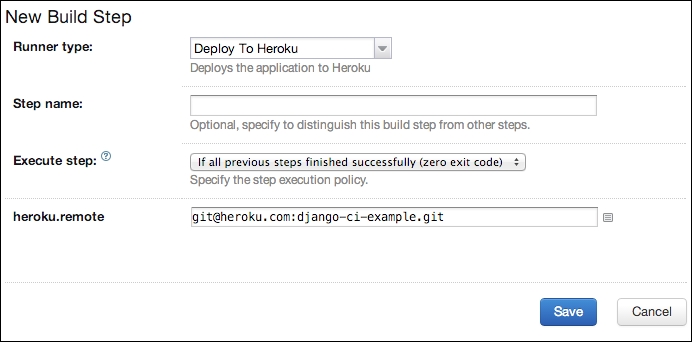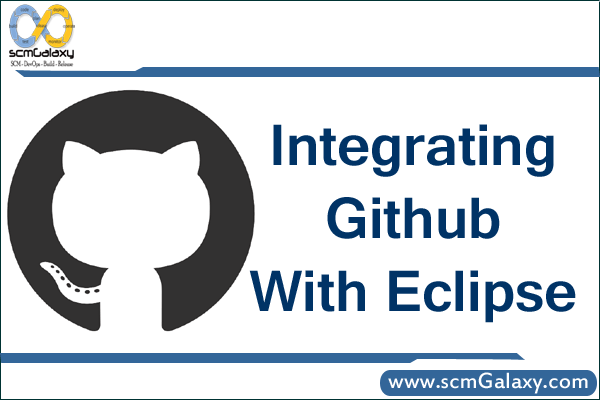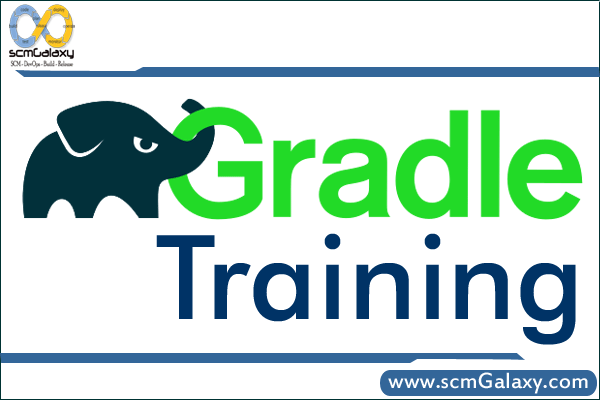
Gradle is the next generation in build automation. It uses convention-over-configuration to provide good defaults, but is also flexible enough to be usable in every situation you encounter in daily development. Build logic is described with a powerful DSL and empowers developers to create reusable and maintainable build logic.
End of this training, you can empower yourself to automate your build
- Learn the best of Gradle
- Work easily with multi-projects
- Apply Gradle to your Java, Scala and Groovy project
Contact us at info@scmGalaxy.com
Table of Contents
| Agenda 1: Getting Started |
| Introduction |
| Prerequisites |
| GVM to Manage Gradle Versions |
| Manual Installation in Windows/Mac/Linux |
| Installation Troubleshooting |
| Gradle Installation Binaries |
| Default Project Layout |
| Gradle Wrapper |
| Conclusion |
| Agenda 2: Gradle Tasks |
| Introduction |
| build.gradle |
| A Taste of Groovy |
| Dynamic Tasks |
| Gradle Tasks API |
| Using Ant Tasks |
| Using DAG |
| Agenda 3: Java, Groovy, and WAR Plugins |
| Introduction |
| Java Plugin Tasks |
| Hooking into Maven |
| Testing |
| Multimodule Java Projects |
| Creating a Distribution |
| Groovy Plugin Tasks |
| Building a WAR |
| Conclusion |
| Agenda 4: IDE Integration |
| Introduction |
| IntelliJ |
| Eclipse |
| NetBeans |
| Conclusion |
| Agenda 5: Dependency Management |
| Introduction |
| Dependency Types |
| Declaring Dependencies |
| External Dependencies |
| Publishing Artifacts |
| Dependency Configurations |
| Conclusion |
| Agenda 6: C++ Support |
| Introduction |
| Supported Platforms |
| Plugins |
| Libraries |
| Executables |
| Tasks |
| Configuring on Linux/OSX/Windows |
| External Dependencies |
| Project Dependencies |
| Publishing |
| Native Support for Variants |
| Agenda 7: Building JavaScript (gradle-js-plugin) |
| Introduction |
| Specifying Your Sources |
| Combining Your Sources |
| JSHint |
| JSDoc |
| Props2JS |
| RequireJS |
| Gradle CSS Plugin |
| Conclusion |
| Agenda 8: Building Scala |
| Introduction |
| Usage and Tasks |
| Project Layout |
| Compiler Setup/Incremental Compilation/Forked Execution |
| Dependencies |
| Fast Compiler Support |
| Conclusion |
| Agenda 9: Continuous Integration Servers |
| What Is Continuous Integration? |
| The Jenkins/Hudson Plugin |
| TeamCity |
| Bamboo |
| Conclusion |
| Agenda 10: Repository Managers |
| What Is Repository Management? |
| Artifactory |
| Bintray |
| Nexus |
| Conclusion |
About us:
scmGalaxy online platform is a community initiatives based on Software configuration management and DevOps that helps members and organizations to optimize their software development process, advocating agile methodologies and improve productivity across all aspects of Application lifecycle management. We provide consulting, training and mentoring services in agile development practices such as Source Code Management, Continuous Integration, Build management, Test-Driven development, Acceptance-Test driven development, Build automation, code quality practices and automated testing and continuous delivery.
We provide job oriented training in the area of Software Configuration management, Build and Release Engineering and DevOps domain . Candidates with engineering or software background and looking to either start or change their career to Build and Release Engineering, would benefit most from this training. This course offered online around the globe which include India, USA, Europe, Australia, Bangalore, Delhi, Pune, Mumbai, Chennai and Hydrabad. Instructor is an expert in Software configuration management, Build and release engineering and DevOps with more than 10 years industry experience in India.
Contact us
- Mail – info@scmGalaxy.com
- Call – +91 700 483 5930
- Skype – scmGalaxy
Course Objectives
To bring your team up to speed with agile development, We can also run the from Continuous Integration to Continuous Delivery with automated course within your premises.
Course Schedule
This course is an intensive 1-day & 2-day workshop with a mixture of teaching and lab exercises. Currently, this course is offered exclusively as an on-line course. Please contact us for more details.
Audience
This is a hands-on, practical course designed to teach specialized skills for real-world development situations. It is thus primarily aimed at a SCM Engineer, Build/Release Engineer, DevOps engineer and developer and QA audience.
Approach
The course is modular and flexible – depending on specific student needs and requests. Through our trainings, you benefit from the wide experience and architectural expertise of our team. We bring that experience to you in an highly interactive, intensely hands-on setting.
Assumptions
We assume participants have a reasonable understanding of Development in any language as well as a basic understanding of the Software Development Life Cycle.
Lab Work
All our courses are above all practical in nature. We believe that the best way to learn is by doing. So the course contains approximately 80% lab work.
Learning Resources
Each registrant will receive a copy of the student notes and lab solutions, a certificate of completion, and a CD containing all the tools covered in the course and CD containing all the tools covered in the course.
Contact Us
This course is provided on-site, and can be tailored to your particular requirements. If you would like our trainings delivered at your premises, or for any additional information please contact us. Please email us at info@scmGalaxy.com
Gradle Training in California,
